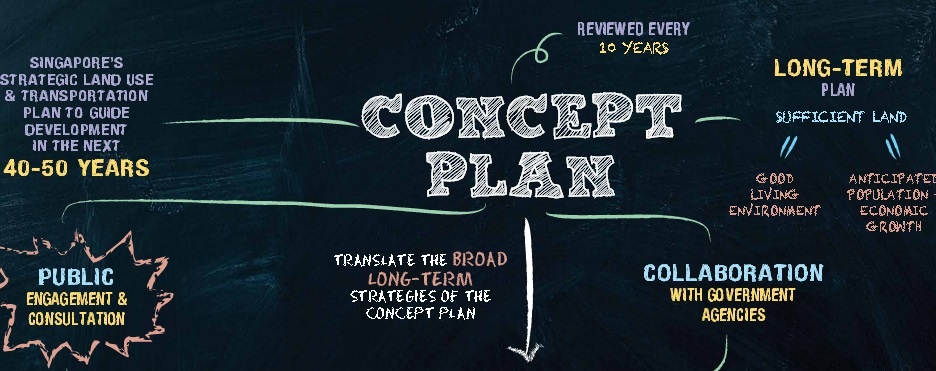Week 10 - Compulsory Exercise - Citizen Design Science : Singapore
FC-02x Livable Future Cities (1st Run) - Compulsory Exercise 6

Uploaded on 2015-12-13 by Elenatan
Due to rapid urbanization, our cities are constantly changing. Our living environments determine the way we live and the quality of life and standard of living to a certain extent. ![enter image description here][1] Singapore has been active in the fields of Citizen Design Science, involving the public engagement in its decision-making process in redesigning of its cities due to two reasons:- 1. Need for Public Opinion to cater to their needs and concerns. Optimizing land usage has been a constant challenge in Singapore, in having to meet both current needs and future needs. It is therefore important to know the space requirements as well as the preferences of the people that are living in the city itself. 2. Changing needs of the public, that play a part in the design function of the architecture. Therefore, public is allowed to play a significant role in the final decision-making process. Neighbourhood Renewal Programme (NRP) is one of the projects in Singapore which involves engagement of the citizens in the design of architecture. Some aspects of Citizen Design Science may involve building awareness amongst the citizens, of design in the man-made world, developing an appreciation in technology, aesthetics and function, developing communication and basic design thinking and experiencing the creative design process and decision-making. ![enter image description here][2] Referring to the diagram above, the science of design within the city can involve the following system's frame of thought. **2. Unsafe Neighbourhoods in the evening hours** **Identifying the problem:** Unsafe neighbourhoods at evening hours as public neighbourhoods are easily accessible. **Solution:** Enforce a Neighbourhood Renewal Programme (NRP) to build fences and security guard houses for each estate. With increased security, neighbourhoods become a safer place to live in, even at late hours at night. **Implementation:** 1. Working Committee - The Neighbourhood Renewal Programme is announced and, a working committee is formed.' 2. Public Consultation: A period of time is allocated for residents to view and give their feedback on the newly proposed design. Based on the feedback received, amendments and alterations can be made to the existing design to improve the design, before it is finalized. 3. Voting: A Voting campaign can be conducted to determine the most preferred design by the residents, to ensure maximum satisfaction from the public. **Post-implementation:** Feedback surveys on the improved design can be conducted to introspect customer satisfaction. **3. Guidelines for Citizen Design Science Project:-** **Research & Development:** Extensive research in the form of surveys or polls can be conducted in Singapore to determine their specific tastes and preferences, and also to identify any potential problems or flaws in existing designs, such that the spaces can constantly be improved. Research can also be done to generate greater ideas and/or new opinions about existing landscapes and designs, which increases not only the productivity of the progress of design itself, but also the participation among the citizens. **Use of Advanced Technology:** The usage of sensory technology in Singapore helps to develop a sensory space filled with creative ideas and increases the flexibility of thought in the context of architecture. This helps to encourage general public participation, and to motivate the public to contribute their ideas and opinions about existing designs and how they may be improved to better serve the needs of the general public. An easily accessible online system (also accessible through smart phones or other forms of technology) is to be set up as a portal of communication between the government and the general public, to introspect nominations for residences up for upgrading, and 'wishlists' from the general public residents. **Town Councils** Town councils can be entrusted with the responsibility to sieve through and prioritize specific requests from the general public. The design criteria must be able to fit in with the government's budget and before the design can be submitted for Approval. **Working Committee is set up** The project to improve the design is to be announced, and selection of the working committee can be carried out. **Roadshows** The new design is showcased to the general public for any additional feedback or suggestions before the design is finalised. **Balloting** Balloting can be carried out to vote for public to vote for their preferred design. **Post Implementation** Further surveying can be conducted after the project is completed to inspect the satisfaction of the final improved design. [1]: https://edxuploads.s3.amazonaws.com/14499807525998525.jpg [2]: https://edxuploads.s3.amazonaws.com/14499801306796284.jpg